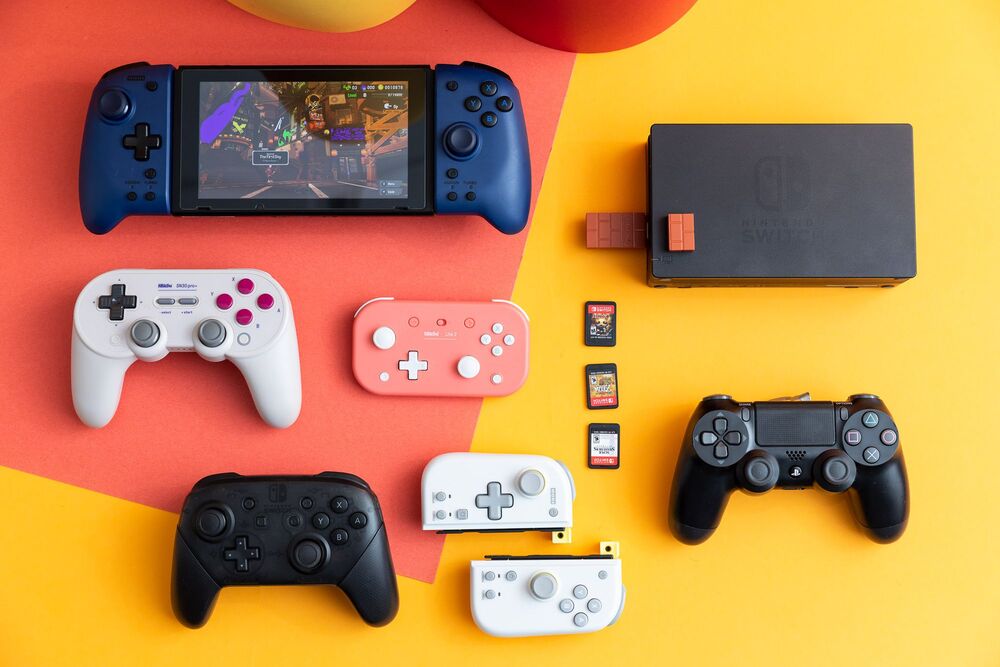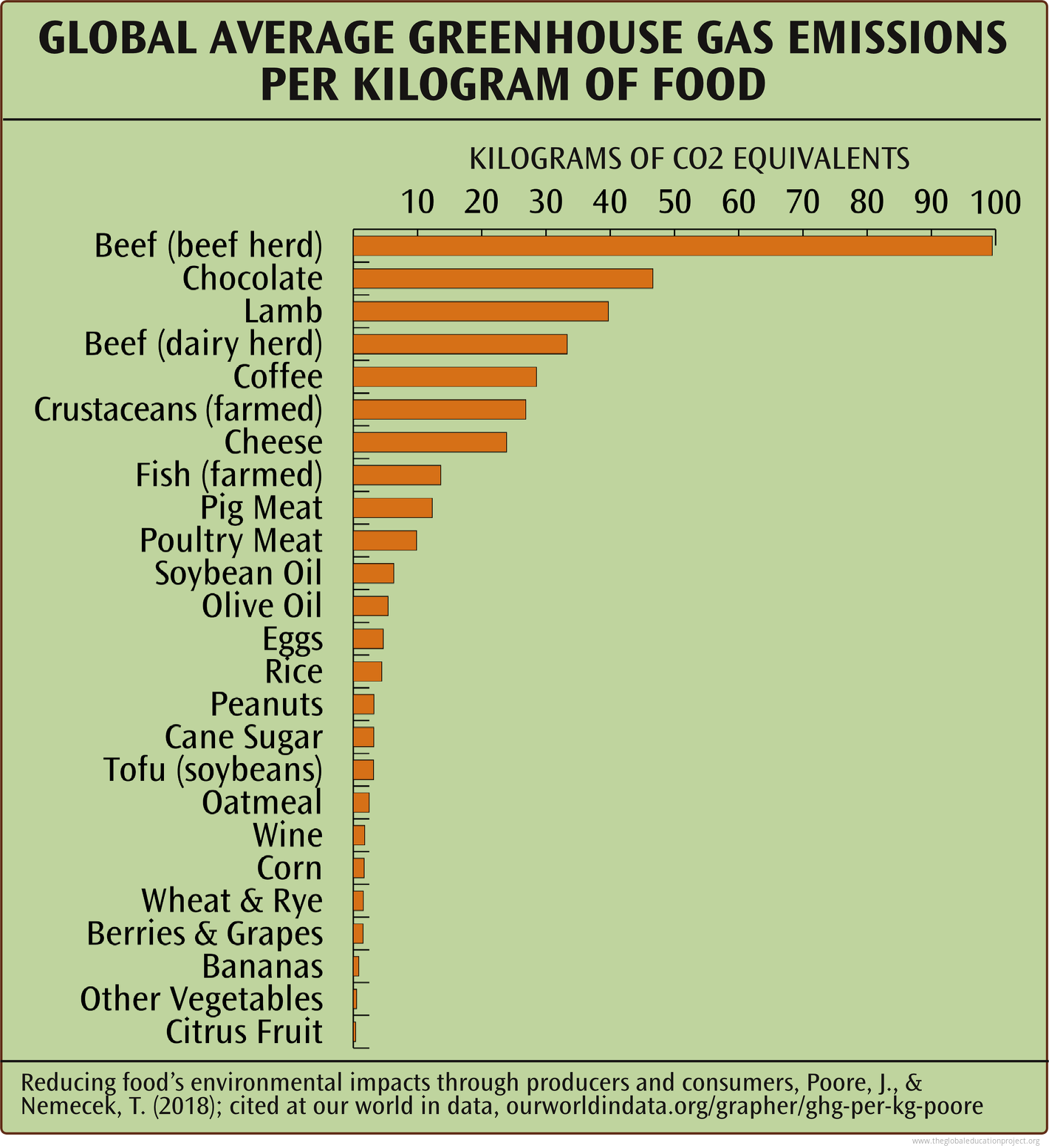

Feminists are not the one aggressively turning men into this. It’s toxic masculinity types like Andrew Tate, Jordan Peterson, and Joe Rogan.


Feminists are not the one aggressively turning men into this. It’s toxic masculinity types like Andrew Tate, Jordan Peterson, and Joe Rogan.
My interpretation is that synthehol isn’t supposed to be a copy of alcohol, it’s designed to give the positive effects of alcohol without the downsides, so that taste is likely not the main consideration.


More like Sony doesn’t want to cannibalize selling their own dedicated Blu-ray players for a much higher profit margin.
A $100 bluray drive, an Ugoos am6, and coreelec can get play everything for way less than a high end bluray player that can cost $1000.

Machinists on Wednesday rejected Boeing’s latest contract proposal, dashing hopes for an end to the nearly six-week walkout and further complicating the aerospace giant’s path to a more stable future.
The vote by members of the International Association of Machinists and Aerospace Workers districts 751 and W24 came on the same day the company reported a loss of more than $6 billion for the quarter that ended in September.
Boeing had hoped the sweetened deal, which included a 35 percent pay increase, enhanced health and retirement benefits and a $7,000 signing bonus, would be enough to end the walkout by 33,000 machinists, but some observers say they may have underestimated the mistrust and lingering resentment that remains among rank-and-file workers, particularly those who have been through previous rounds of contract negotiations.
“We have made tremendous gains in this agreement in many of the areas that our members said were important to them. However, we have not achieved enough to meet our members’ demands,” union district president Jon Holden said in Seattle as he announced the vote results Wednesday night. “We remain on strike.”
Machinists gathered at the Seattle union hall cheered and chanted “Strike!” at his announcement. The proposed contract was rejected by 64 percent of the vote.
At a polling location in Renton, Washington, earlier in the day, some workers said they were voting to reject the deal because the wage gains fell short. Many were also hoping for the restoration of a pension program.
“Trust in our company has eroded,” Kelly Ortberg said earlier Wednesday in his first extended public remarks since becoming Boeing’s chief executive in August. “We’re saddled with too much debt. We’ve had serious lapses in our performance across the company, which have disappointed many of our customers.”
On a conference call with analysts, Ortberg described Boeing, which reported a $6.2 billion third-quarter loss, as a company at a “crossroads” and said his mission is to turn “this big ship in the right direction.”
Throughout the day, a steady stream of white vans shuttled workers from the picket lines to the International Association of Machinists and Aerospace Workers (IAM) office in Renton, Washington, so they could cast their ballots. Workers said they weren’t sure which way the ultimate vote would land, but many said they were willing to continue striking for higher pay increases and the restoration of a pension program.
“It’s not quite there yet,” said Vivian Vo, one of several striking workers who cited the wage increases as a chief concern. “It’s a step in the right direction.”
With the strike now in its sixth week, workers say they are making ends meet by picking up part-time or seasonal jobs elsewhere — gig work options that weren’t as widely available during a 2008 walkout, which lasted 54 days.
Ortberg acknowledged deep problems facing the company beyond the strike, which has idled production of most of its commercial airliners. He said he is focused on restoring Boeing’s reputation — a task Ortberg said involves changing its culture and streamlining operations so employees are focused on its core business of building airplanes. Company leaders need to be closer to the people who design and build its products, out on factory floors, in back shops and in engineering labs, he said, solving problems before they fester.
“We need to know what’s going on, not just with our products but with our people,” Ortberg said.
The union plans to get back to the bargaining table with Boeing, Holden said after announcing the vote results Wednesday.
“I know that our members are critical to restoring this company back to financial health,” he said. “It is my goal to get our members back to work so that they can earn money, we can build airplanes and get this company back on track.”
Even before the strike, Boeing had been struggling financially. Including this quarter, it has reported losses of more than than $30 billion since 2019 after reporting earnings of more than $10 billion in 2018. On Oct. 11, Ortberg announced the first in a series of steps aimed at turning the troubled aerospace giant around: a 10 percent reduction in the company’s workforce — about 17,000 jobs. He said the company also would further delay the launch of its 777X plane, with the first deliveries expected in 2026.
Under the new contract proposal that machinists rejected Wednesday, unveiled over the weekend, the average annual machinist pay would rise to $116,272 from $75,608, according to figures provided by Boeing.
Though union negotiators did not endorse the deal, which needed a simple majority to pass, they told members the revised proposal “is worthy of your consideration.”
Given the significant role Boeing plays as a leading exporter and defense contractor, the Biden administration has been closely monitoring negotiations, and acting labor secretary Julie Su met last week with both sides. Union leaders credited Su with helping negotiate the updated proposal.
Analysts estimate the walkout, which has shut down production of some of the company’s best-selling jets, including the 737 Max, is costing Boeing $1 billion a month.
Machinists resoundingly rejected the company’s first offer of a 25 percent pay increase. Though it included a promise that Boeing would built its next new aircraft in the Seattle region — a key union demand — it fell far short of the 40 percent pay increase** **machinists sought. A second offer, which included a 30 percent pay increase, was never voted on.
Many veteran machinists remain mistrustful, remembering past rounds of negotiations in which Boeing executives threatened to move airplane production out of the Puget Sound region unless the union agreed to concessions, including eliminating the traditional pension program.
An end to the walkout that began Sept. 13 would have been a step forward for Boeing, which is struggling to restore confidence in its brand after a series of missteps, including the midair blowout of a door panel from one of its 737 Max jets in January. A “no” vote, however, now threatens to stall Boeing’s recovery effort and deepen its financial woes.
Even if the strike is settled, the company must still grapple with myriad legal, manufacturing and financial crises, stemming in part from fatal crashes of two of its 737 Max jets — one in 2018 in Indonesia and one in 2019 in Ethiopia — that killed 346 people. It has agreed to plead guilty to one count of fraud in connection with the 737 Max crashes, but the settlement must still be approved by a federal court judge.


I think we are entering a different era.
Once upon a time shrinking nodes came with cost reductions for the same amount of compute.
With the new bleeding edge nodes, this is not so true, you can increase compute density, but the cost of new nodes is astronomical, so prices go up too.
Many improvements recently are more architectural in nature, like zen ccds to decrease costs.
The architectural improvements will continue to scale, but node improvements are slowing, we are right on the edge of what is physically possible with silicon.
The improvements in games have slowed a ton too.
Each new generation of consoles has started to reach diminishing returns for graphics. Ray tracing seems more like a technology that is being pushed to sell hardware, rather than actually improving graphics efficiently.
The next high compute case might need more creative solutions other than throwing more compute at it. Like eye tracking for VR which reduces compute demand greatly


Shame it doesn’t support dolby vision though.
Transporting food halfway across the world ain’t free either.


Not in one exposure. Human eyes are much better with dealing with extremely high contrasts.
Cameras can be much more sensitive, but at the cost of overexposing brighter regions in an image.


While pork and poultry are not great for the environment either, they have nothing on the methane emissions of ruminating animals like cows.



I can’t control the infrastructure that requires me to drive a car.
The speed of light is fast, like stupid fast.
Some napkin math puts the travel time from Denver to DC at 1/100 of a second which for a human should be unnoticeable.
I doubt you could tell the difference between two watches with that difference.


The original question was why solar systems and galaxies are in planes, and your explanation is wrong.
What do you even mean by similar orbits? Most orbits are circular for a totally different reason, and that is tidal interactions.


I hate to be that guy, but this is wrong.
The solar system is mostly in one plane because it formed from a cloud of gas. The cloud of a gas has some total non zero rotation and as the cloud collapses interactions flatten the cloud into a disk, where all of the planets formed.
This same principle applies to galaxies.


Except that cars are heavy, so multi-level parking is prohibitively expensive.
I honestly though I would get used to it, like the forced 2-2-2 comps which I initially disliked, but I never did. It just made the game feel like too much more like a pure fps. And it not feeling like that was what made it unique.
In my experience all the que times were fine as 2-2-2 even when queued as duo dps
Ehh I disagree, I played consistently ow1 for years and ow2 just wasn’t as good.
I mainly missed tank synergies. Without it the game just wasn’t the same. The other tank changes were just insane too. And I preferred the full 6v6 experience.
Then they had to go an monetize the shit out of it, when I already paid for the game! The last straw was either paying for new characters or grinding like hell.


No he doesn’t have talking points. He just spouts whatever bs gets him the most attention true or not


Well let me clarify a bit why I think they are the worst.
They have the full complexity an an ICE car, with the added difficulties that arise in a full EV
You need to build and design a car that has all of the downsides of ICE cars. Complicated engine, emissions management, fuel, air intakes.
With a lot of the downsides of an ev. Large heavy, expensive batteries.
Meanwhile you get limited upsides. Evs get lower maintenance and transport costs and ICE cars get range.
Plug in hybrids will have harder maintenance than either, while not getting the fully reduced transport costs as it’s not as efficient as a full ev.
Here’s where traditional hybrids win out, their battery can be really small, correspondingly cheap and more efficient.
Lugging all that extra weight around decreases the efficiency of the vehicle, where for full ev that matters a lot.
When running in full gas mode your lugging around a heavy battery for nothing, and in a full ev mode your lugging around a heavy engine for nothing.
The High-medium range of full gas would be better served by a traditional hybrid, and the low-medium range would be better served for full evs.
I’m sure there is a narrow window for plug in hybrids, but again that is going to be rare and shrinking as evs get better.
While you can’t fix stupid, we do have to think about how a product actually gets used vs it’s design.
If nobody is plugging their plug in hybrid, then maybe the manufacturer should remind them, even if its only outlet level power.
To me it is also a symbol of overconsumption. Buying a vehicle that will cover 100% of your use cases vs buying for 99% and renting a more suitable option for that 1%.
I do think this argument for me would change if manufacturers took a different approach. If they took something like a traditional hybrid, like a Ford fusion, and stuck a modern battery in and added a simple plug would be great. Then increase the efficiency a bit and maybe someone could get 10 miles of battery from a regular outlet.


Honestly plug in hybrids are the worst of both worlds.
There was a study recently from Europe that found the vast majority of people with plug in hybrids hardly every plugged them in, and drove them like normal cars. That defeats the entire point of a plug in hybrid, and now you are carrying a heavy battery everywhere that you are not fully using. Which makes the car less efficient than a normal hybrid!
As someone who checked it out for physics here’s my experience:
Anything that could easily be found and be correct that would be found on chegg, would be easily repeated by chatgpt, and with usually clearer solutions that was easier for slightly different problem prompts.
Anything that could not be well answered by chatgpt likely would not have a good solution on chegg, being either outright wrong, or extremely confusing as an answer.